Copenhagen Suborbitals just launched their latest amateur liquid fuel rocket. Why? Because they want to strap someone to a bigger amateur liquid fuel rocket and launch them into space.
We’ve covered them before, but it’s been a while. While they make a big deal of being amateurs, they are the least amateurish amateurs we’ve come across. We’ll forgive a lot as long as they keep making great videos about their projects. Or posting great pictures of the internals of their rockets.
The Nexø I rocket they recently launched claims to be the first guided, amateur, liquid-fueled rocket. There is a nice post on the guidance system. It was launched from a custom built barge off the shore of Denmark, which allows them to escape quite a few legal hurdles around the launch. The rocket flew beautifully. That is, it went only away from the ground; no other directions. Also, it didn’t explode, which is a lot to expect from even the biggest players in the field.
Copenhagen Suborbitals continues to do amazing work. Hopefully their next rocket will be even more impressive… for amateurs, that is.

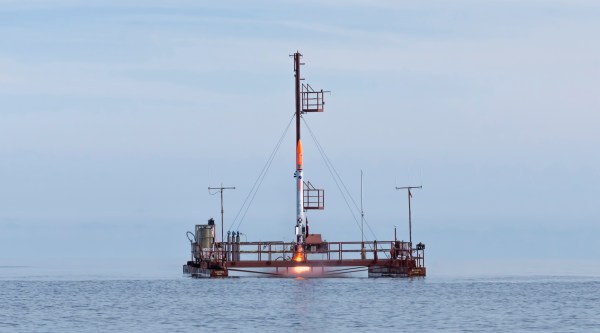
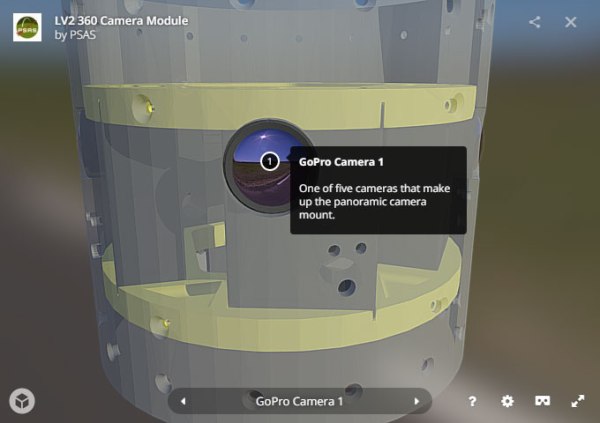

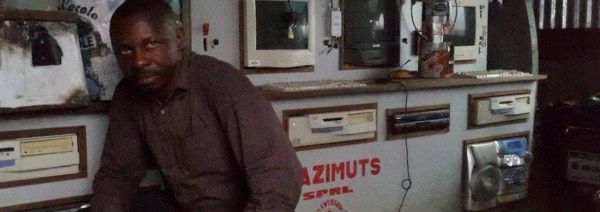
 elusive zero gravity environment. [Mr. Keka’s] ‘Mission Control’ is a corrugated metal shed lined with CRT monitors and dated computers, but don’t let this fool you. His vision and drive are just as great as any space faring nation.
elusive zero gravity environment. [Mr. Keka’s] ‘Mission Control’ is a corrugated metal shed lined with CRT monitors and dated computers, but don’t let this fool you. His vision and drive are just as great as any space faring nation.

 [Arsenio]’s design targets amateur rockets with a fuselage diameter of four inches or so. The main control module is just a cylinder with four servos mounted along the perimeter and some fancy 3D printed fins bolted onto the servo. These are controlled by an Arduino and a 6DOF IMU that’s able to keep the rocket pointing straight up.
[Arsenio]’s design targets amateur rockets with a fuselage diameter of four inches or so. The main control module is just a cylinder with four servos mounted along the perimeter and some fancy 3D printed fins bolted onto the servo. These are controlled by an Arduino and a 6DOF IMU that’s able to keep the rocket pointing straight up. 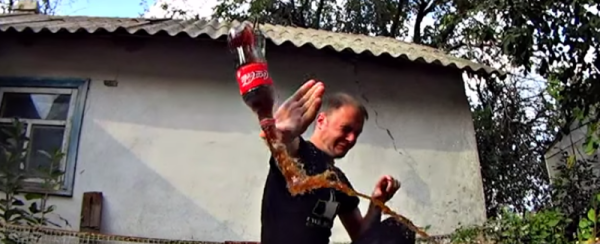
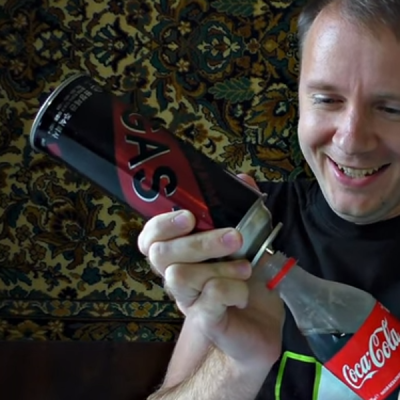 Of course it’s the how of this that tickles our brains, but let’s finish the setup. This starts with a bottle of Coke which is about 3/4 full. The head space is displaced by spraying propane into the bottle; propane is heavier than air. All that’s left is to turn the bottle upside down and pray it doesn’t smack anyone in the noggin as it takes off.
Of course it’s the how of this that tickles our brains, but let’s finish the setup. This starts with a bottle of Coke which is about 3/4 full. The head space is displaced by spraying propane into the bottle; propane is heavier than air. All that’s left is to turn the bottle upside down and pray it doesn’t smack anyone in the noggin as it takes off.








